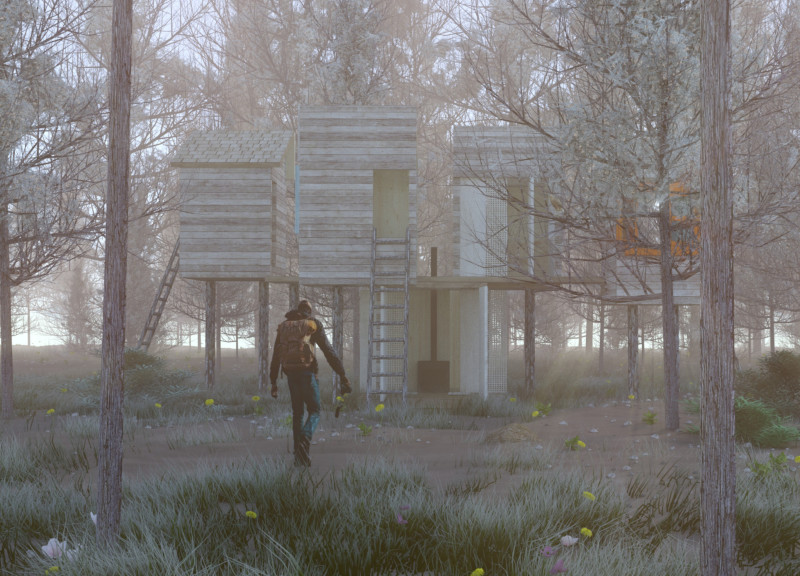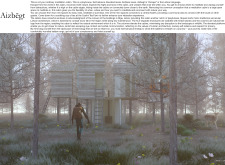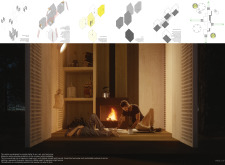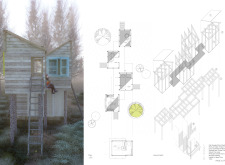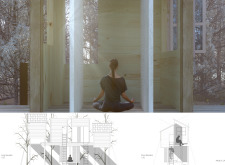5 key facts about this project
From a functional perspective, this project caters to a diverse range of activities and user needs. Whether it serves as a public space, commercial hub, or residential area, its design is meticulously crafted to ensure versatility. This adaptability is achieved through a careful arrangement of spaces that encourages interaction, collaboration, and engagement among individuals. The project recognizes the importance of inclusivity, accommodating various demographics and fostering a sense of belonging.
Central to the architectural identity of the project is the innovative use of materials, which reflect both the locality and contemporary building practices. The facade is composed of a harmonious blend of concrete, glass, and sustainable materials, creating a dialogue between the structure and the natural surroundings. The transparent elements incorporated into the design allow for ample natural light, creating inviting interior spaces while forming a visual connection with the exterior landscape. This conscious decision to integrate interior and exterior not only enhances the user experience but also promotes environmental consciousness, reducing reliance on artificial lighting and supporting energy efficiency.
Attention to detail is evident throughout the design, with every aspect carefully considered. The layout of spaces is optimized to facilitate movement and accessibility, ensuring that all users can navigate with ease. This is particularly important in community-oriented projects, where user experience is paramount. The incorporation of green spaces within the design adds a much-needed ecological element, providing areas for relaxation and recreational activities while contributing to biodiversity. These green spaces serve as vital urban oases, helping to mitigate the heat island effect and improve air quality, aligning the project with sustainable architecture principles.
What sets this project apart are its unique design approaches that challenge conventional notions of space and structure. For instance, the integration of flexible spaces allows users to adapt areas according to their specific needs. Movable partitions and multifunctional furniture are employed to create dynamic environments that foster creativity and collaboration. This approach not only maximizes the utility of the spaces but also resonates with the modern lifestyle, where adaptability is increasingly valued.
The project also showcases a sensitivity to the local context, drawing from regional architectural traditions while incorporating contemporary elements. This blend of old and new enriches the narrative of the building, making it a landmark within its community. The design honors local materials and construction techniques, contributing to a sense of place that resonates deeply with the residents. This thoughtful iteration of cultural references within the architectural framework establishes a relationship between the past and the present, ultimately enriching the user experience.
In conclusion, the project stands as a testament to the power of thoughtful architectural design, demonstrating how a well-considered approach can enhance the quality of life within urban environments. By prioritizing functionality, sustainability, and community engagement, this architectural endeavor invites users to reimagine their interactions with the space while fostering a sense of ownership and pride. Readers interested in exploring the intricacies of this project are encouraged to delve into the architectural plans, sections, and designs to gain a comprehensive understanding of the ideas and innovations that underpin this remarkable piece of architecture.


